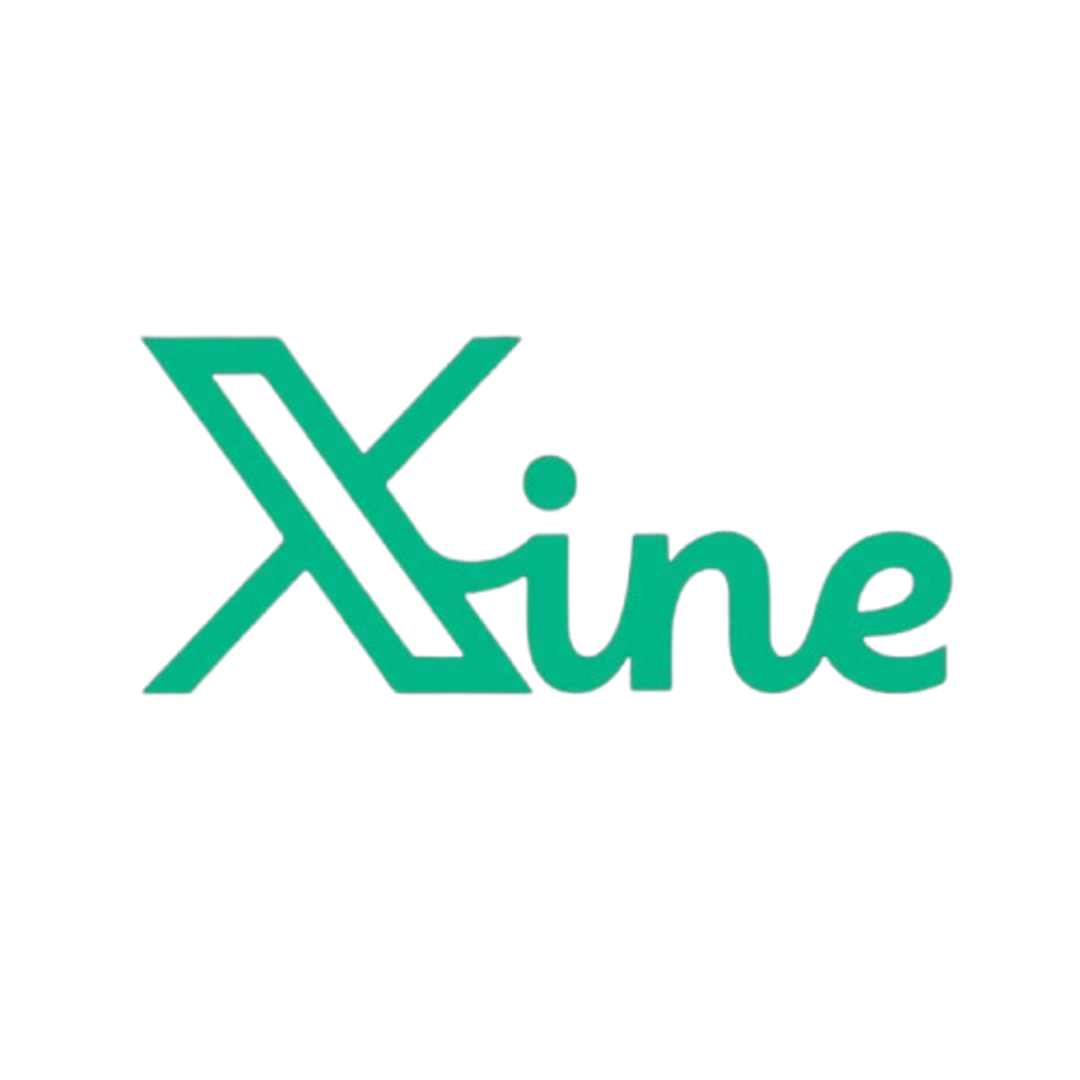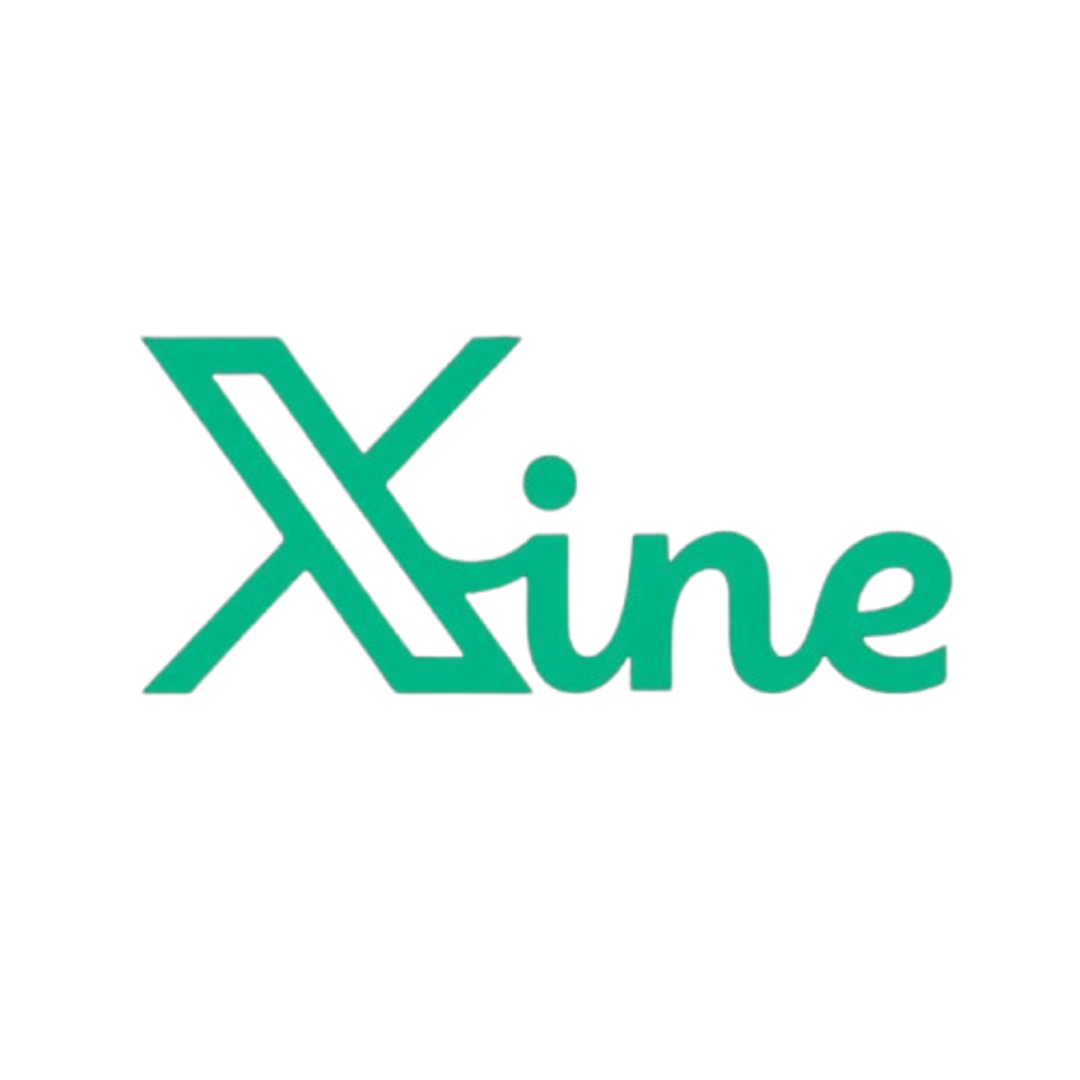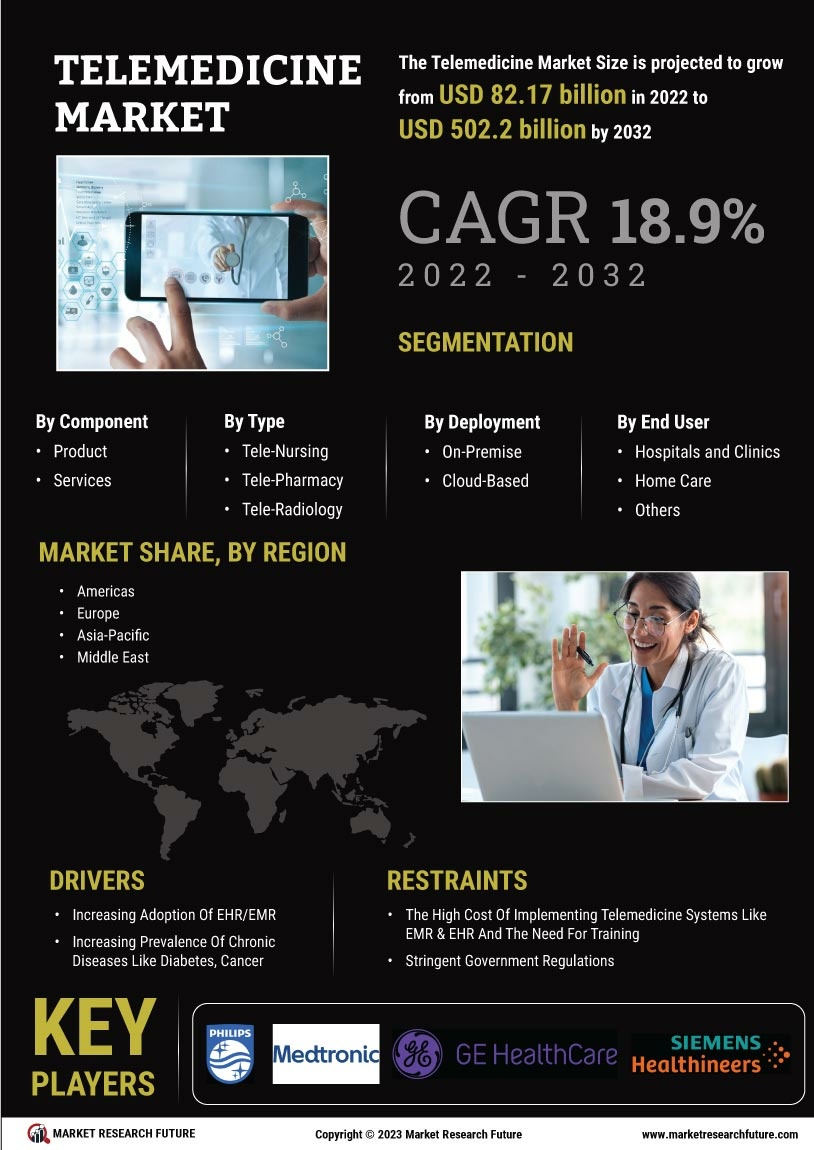US Cellulite Treatment Market Segment: Professional vs Home-Use
The US Cellulite Treatment Market Segment
differentiates between professional clinic treatments and home-use devices. Clinics dominate due to advanced laser and radiofrequency technologies, while home-use devices attract cost-conscious and convenience-seeking consumers. Segment analysis reveals that consumers prefer professional-grade treatments for long-term results, but home-use devices are gaining popularity for supplementary care.
Reference - https://www.marketresearchfuture.com/reports/us-cellulite-treatment-market-13819
Segment insights help vendors and clinics design marketing strategies, tailor treatment protocols, and introduce subscription-based home-use devices to capture a wider audience. Balancing professional and home-use offerings ensures optimized market penetration and revenue growth.
FAQs – US Cellulite Treatment Market Segment
Q1: What are the main segments?
A1: Professional clinic treatments and home-use devices.
Q2: Which segment dominates?
A2: Professional clinics, due to advanced equipment and efficacy.
Q3: Why are home-use devices growing?
A3: They offer convenience, affordability, and supplementary care.
The US Cellulite Treatment Market Segment
differentiates between professional clinic treatments and home-use devices. Clinics dominate due to advanced laser and radiofrequency technologies, while home-use devices attract cost-conscious and convenience-seeking consumers. Segment analysis reveals that consumers prefer professional-grade treatments for long-term results, but home-use devices are gaining popularity for supplementary care.
Reference - https://www.marketresearchfuture.com/reports/us-cellulite-treatment-market-13819
Segment insights help vendors and clinics design marketing strategies, tailor treatment protocols, and introduce subscription-based home-use devices to capture a wider audience. Balancing professional and home-use offerings ensures optimized market penetration and revenue growth.
FAQs – US Cellulite Treatment Market Segment
Q1: What are the main segments?
A1: Professional clinic treatments and home-use devices.
Q2: Which segment dominates?
A2: Professional clinics, due to advanced equipment and efficacy.
Q3: Why are home-use devices growing?
A3: They offer convenience, affordability, and supplementary care.
US Cellulite Treatment Market Segment: Professional vs Home-Use
The US Cellulite Treatment Market Segment
differentiates between professional clinic treatments and home-use devices. Clinics dominate due to advanced laser and radiofrequency technologies, while home-use devices attract cost-conscious and convenience-seeking consumers. Segment analysis reveals that consumers prefer professional-grade treatments for long-term results, but home-use devices are gaining popularity for supplementary care.
Reference - https://www.marketresearchfuture.com/reports/us-cellulite-treatment-market-13819
Segment insights help vendors and clinics design marketing strategies, tailor treatment protocols, and introduce subscription-based home-use devices to capture a wider audience. Balancing professional and home-use offerings ensures optimized market penetration and revenue growth.
FAQs – US Cellulite Treatment Market Segment
Q1: What are the main segments?
A1: Professional clinic treatments and home-use devices.
Q2: Which segment dominates?
A2: Professional clinics, due to advanced equipment and efficacy.
Q3: Why are home-use devices growing?
A3: They offer convenience, affordability, and supplementary care.
0 Comments
·0 Shares
·68 Views




